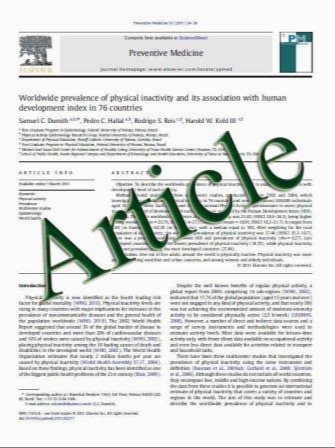Evaluation of efficacy and biocompatibility of a novel semisynthetic collagen matrix as a dural onlay graft in a large animal model
- نوع فایل : کتاب
- زبان : انگلیسی
- مؤلف : Axel Neulen & Angelika Gutenberg & Ildikَ Takلcs & Gyِrgy Wéber & Jürgen Wegmann & Walter Schulz-Schaeffer & Alf Giese
- چاپ و سال / کشور: 2011
Description
Background Semisynthetic collagen matrices are promising duraplasty grafts with low risk of cerebrospinal fluid (CSF) fistulas, good tissue integration and minor foreign body reaction. The present study investigates the efficacy and biocompatibility of a novel semisynthetic bilayered collagen matrix (BCM, B. Braun Aesculap) as dural onlay graft for duraplasty. Methods Thirty-four pigs underwent osteoclastic trepanation, excision of the dura, and placement of a cortical defect, followed by duraplasty using BCM, Suturable DuraGen™ (Integra Neuroscience), or periosteum. CSF tightness and intraoperative handling of the grafts were evaluated. Pigs were sacrificed after 1 and 6 months for histological analysis. Findings BCM and DuraGen™ showed superior handling than periosteum with a trend for better adhesion to dura and CSF tightness for BCM. Periosteum, which was sutured unlike the synthetic grafts, had the highest intraoperative CSF tightness. Duraplasty time with periosteum was significantly higher (14.4±2.7 min) compared with BCM (2.8±0.8 min) or DuraGen™ (3.0±0.5 min). Tissue integration by fibroblast infiltration was observed after 1 month for all devices. More adhesions between graft and cortex were observed with DuraGen™ compared with BCM and periosteum. No relevant adhesions between leptomeninges and BCM were observed and all devices showed comparable lymphocytic reaction of the brain. All devices were completely integrated after 6 months. BCM and DuraGen™ showed a trend for an enhanced lymphocytic reaction of the brain parenchyma compared with periosteum. Implant rejection was not observed. Conclusion Semisythetic collagen matrices are an attractive alternative in duraplasty due to their easy handling, lower surgical time, and high biocompatibility.
Acta Neurochir DOI 10.1007/s00701-011-1059- Received: 24 February 2011 / Accepted: 20 May 2011


